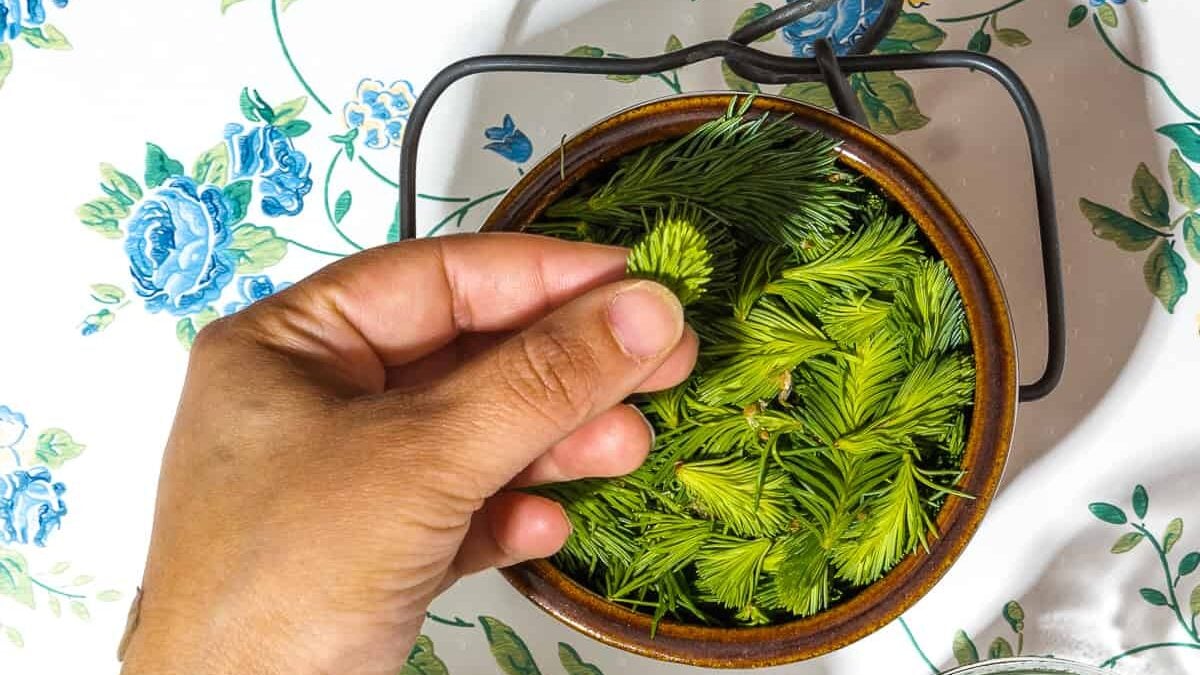
I'm sure you've heard folks getting excited about ramps, mushrooms, and other edible treats, and you may wonder what happens after you find them. I'm here to help you get the most out of your wild foods by revealing my secrets. These tips for cooking with wild edibles will have you feeling like a wild food pro in no time!
Clean and Wash Thoroughly

After foraging, carefully clean your wild plants and foraged food to remove any dirt, insects, or debris. Make sure to do this as soon as you can after harvesting. Leaving it out for a day is the difference to eating well and withered, slimy plants.
Start Simple
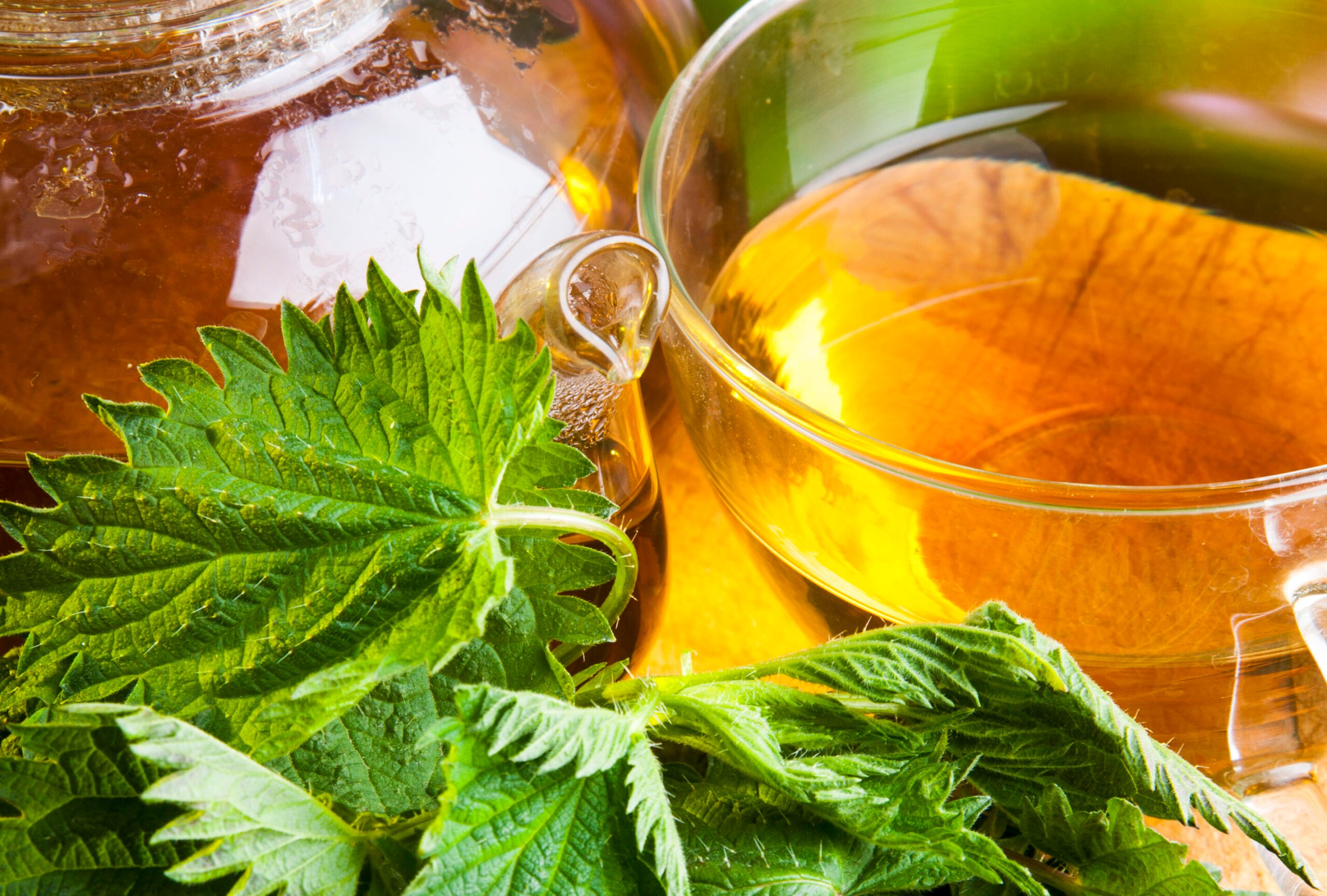
Begin with simple recipes highlighting the foraged food's flavors. This allows you to fully appreciate the unique taste of each plant without overwhelming the dish with too many ingredients.
Take a Tiny Taste Test

Before using a new wild plant in a recipe, taste a small piece to ensure it meets your flavor, texture, and potential bitterness expectations. Some wild plants may require blanching or cooking to remove any bitterness.
Use in Familiar Dishes

Incorporate foraged food into familiar dishes to make the transition easier. Add wild greens to salads, wild mushrooms to pasta dishes, or wild berries to baked goods. Cooking with wild edibles can help you appreciate their flavors within the context of dishes you enjoy.
Preserve the Harvest

If you have a surplus of foraged food, consider preserving it for future use. You can freeze berries, make preserves or jams, dry herbs, or pickled vegetables. Conserving techniques extend the lifespan of foraged food, allowing you to enjoy them beyond the foraging season.
Learn more: 10 Methods to Preserve Wild Edibles
Experiment with Cooking Methods
Explore different cooking techniques to bring out the best flavors in foraged food. Try sautéing, roasting, grilling, or even incorporating them into soups or stews. Experimenting with various methods helps you discover the best ways to prepare and enhance the flavors of different wild plants.
Learn more: Common Kitchen Terms
Pair with Complementary Ingredients
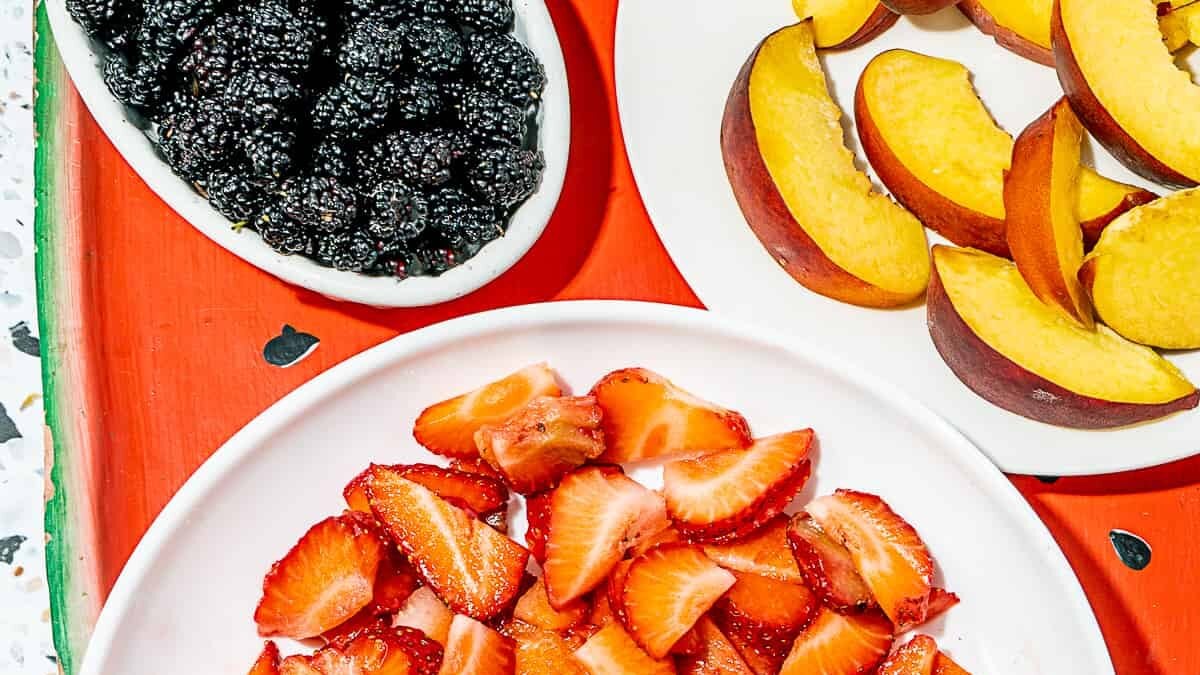
When incorporating foraged food into recipes, consider pairing them with ingredients that complement their flavors. For example, pair tart berries with sweet ingredients or balance bitter greens with creamy dressings or cheeses. Experiment with seasonal foods and flavor combinations to create well-balanced dishes.
Learn more: The Slow Living Guide to Seasonal Fruits and Vegetables
Connect with Community

Engage with other foragers and food enthusiasts by sharing your experiences, recipes, and knowledge. Join local foraging groups or online communities to exchange tips, recipes, and learn from others' experiences.
Document Your Discoveries

Keep a journal or create a digital catalog of the wild plants you discover and recipes and cooking techniques you've tried. This helps you track progress, recall successful recipes, and note unique findings during your foraging adventures.
Embrace the Learning Process

Be open to learning and adapting. Foraging and cooking with wild plants is a continuous learning journey. Embrace the process, learn from mistakes, and celebrate your successes. Each experience helps you become more confident and knowledgeable in working with foraged food.
Enjoy cooking with wild edibles, discovering new flavors, and incorporating nature's bounty into your culinary adventures!
Jam vs. Jelly and Other Fruit Preserves

Fruit spreads are a great way to add flavor and texture to your favorite dishes. These preserves can be used in sweet and savory recipes, so don't consider them dessert toppings. Here we'll look at different types of fruit preserves, where they come from, and how they're made.
Learn More: Jelly vs. Jam and Other Types of Fruit Preserves
Beginner's Guide to Foraging

Put down your margaritas and pick up this spicy Paloma! It's a refreshing drink with a kick of jalapeno peppers and a great option for other tequila-based cocktails. Once you try it, I know this drink will be in regular rotation!
Get This Recipe: The Beginner's Guide to Foraging
10 Wild Edible Plants for Beginners
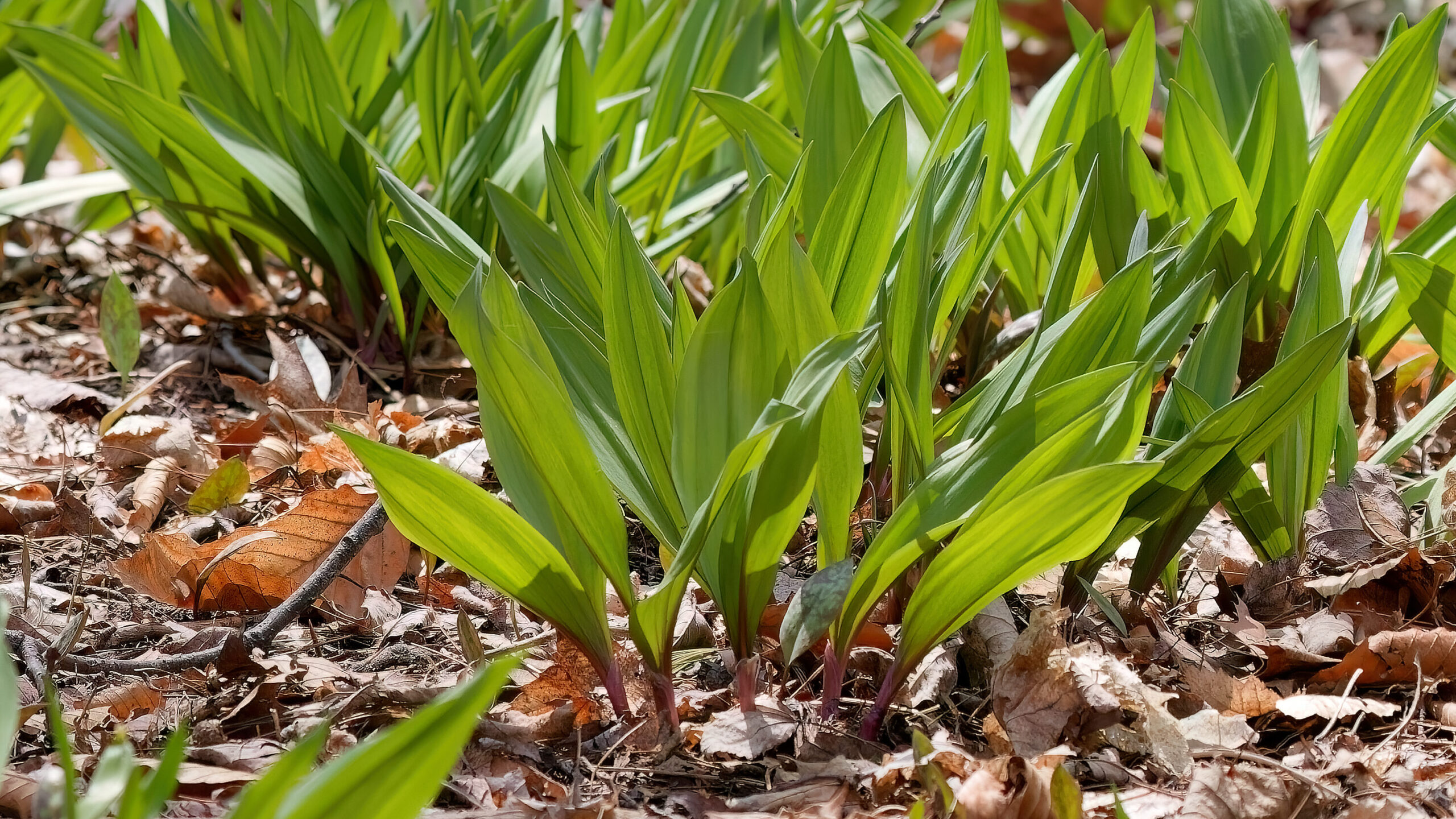
Wild edibles are all around us, but it can be challenging to know what plants are safe to eat, especially if you are newer to foraging. In this post, I'll show you some of the most common wild edibles, how to find them, and how to enjoy them.
Get This Recipe: 10 Common Wild Edibles Great for Beginners
10 Methods to Preserve Wild Edibles
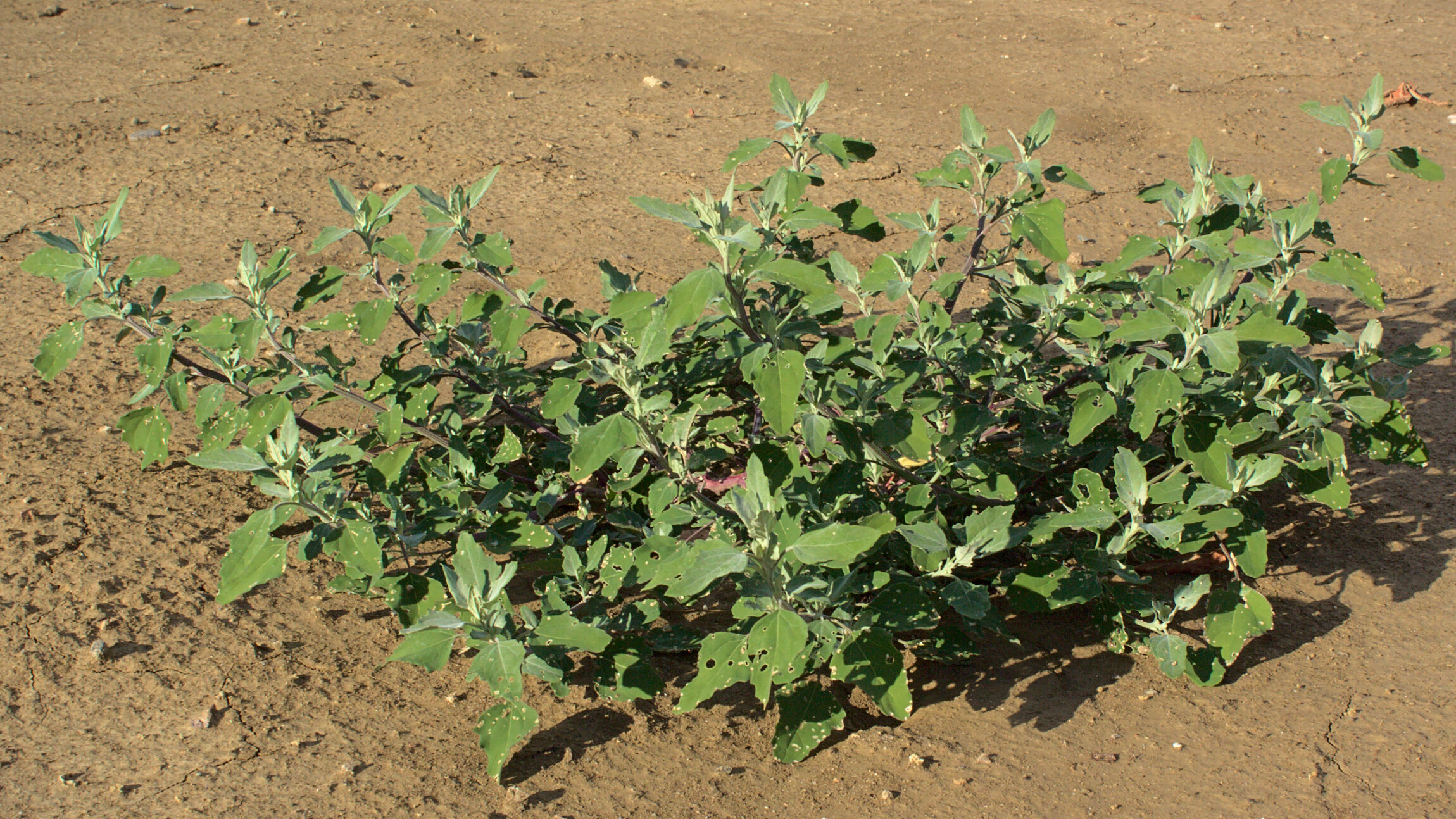
Do you enjoy foraging for food? Do you find it relaxing to get away from the noise of your smartphone and eat what nature provides? If so, wild edibles might be for you. But you should know that many edible wild plants lose their flavor or become less flavorful as they age. Luckily there are methods to preserve wild edibles and complement your everyday eats.
Get This Recipe: 10 Methods to Preserve Wild Edibles

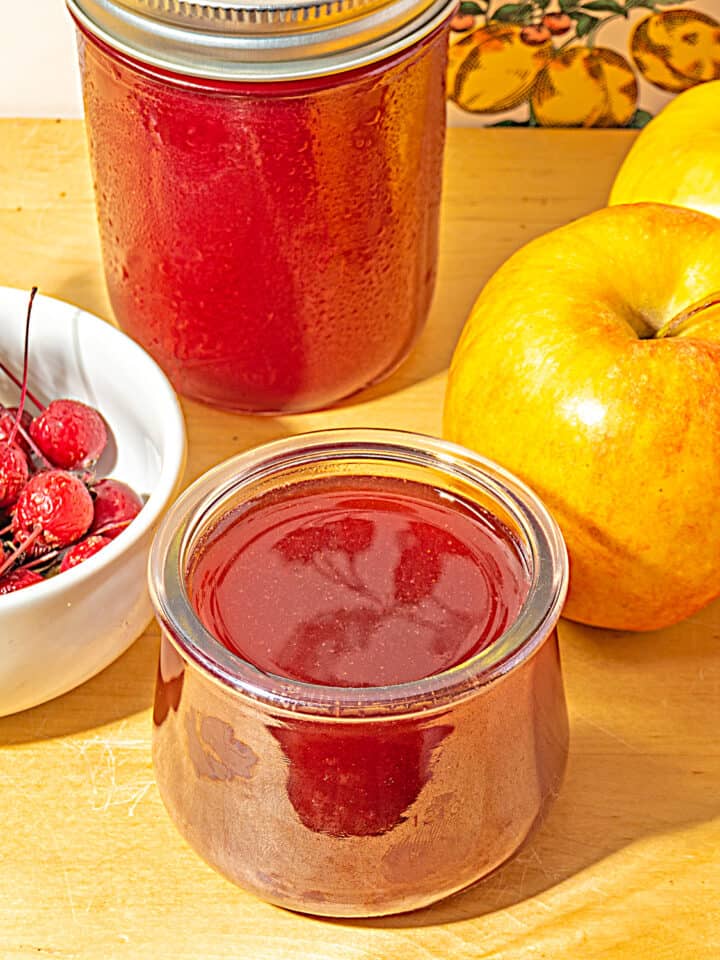
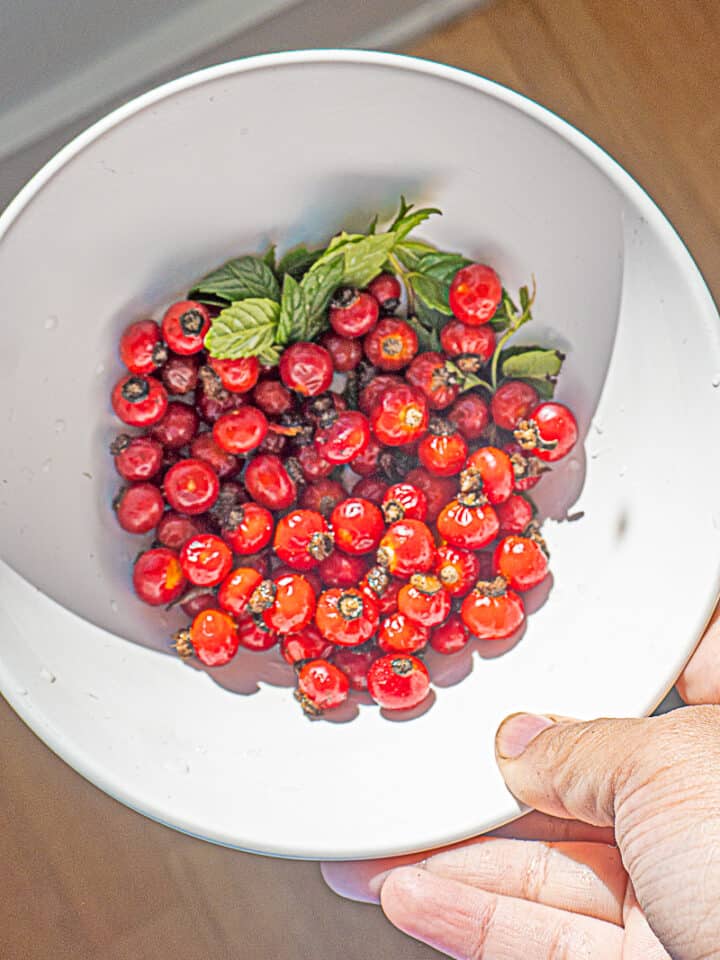
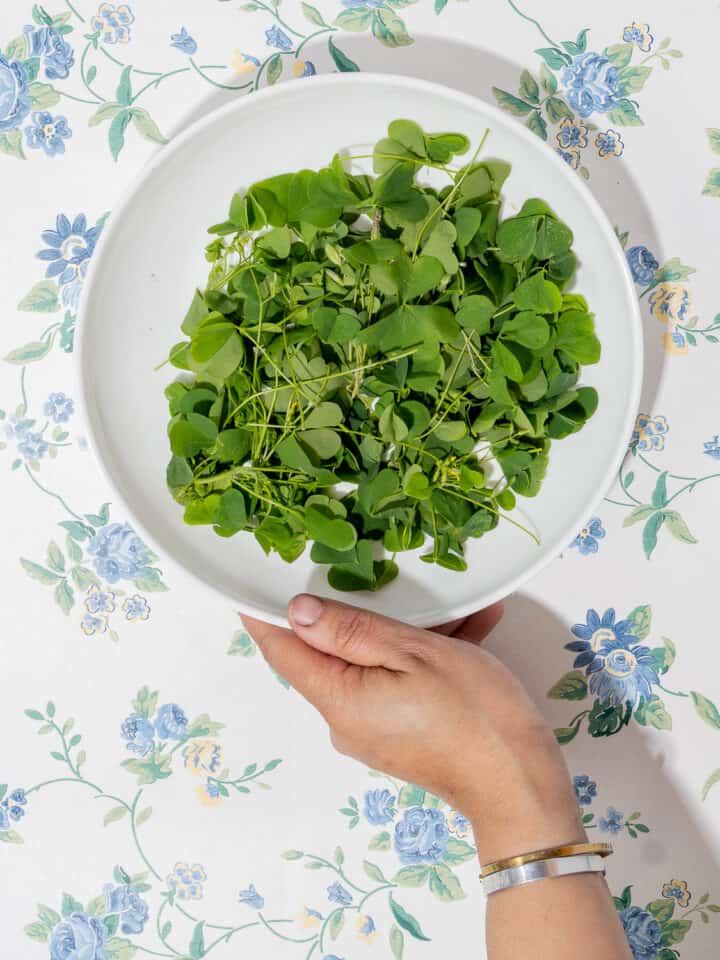
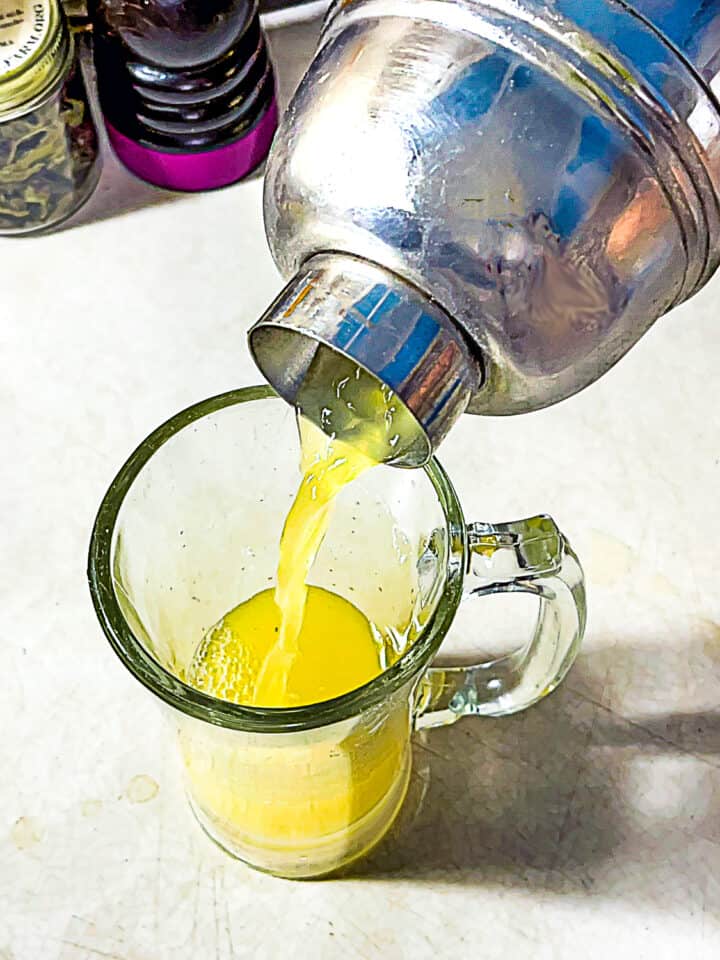

Comments
No Comments